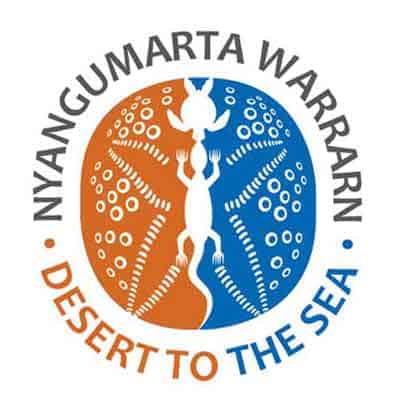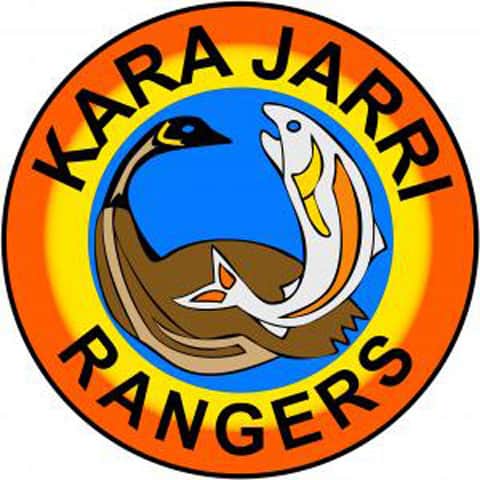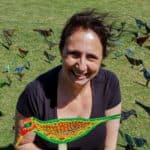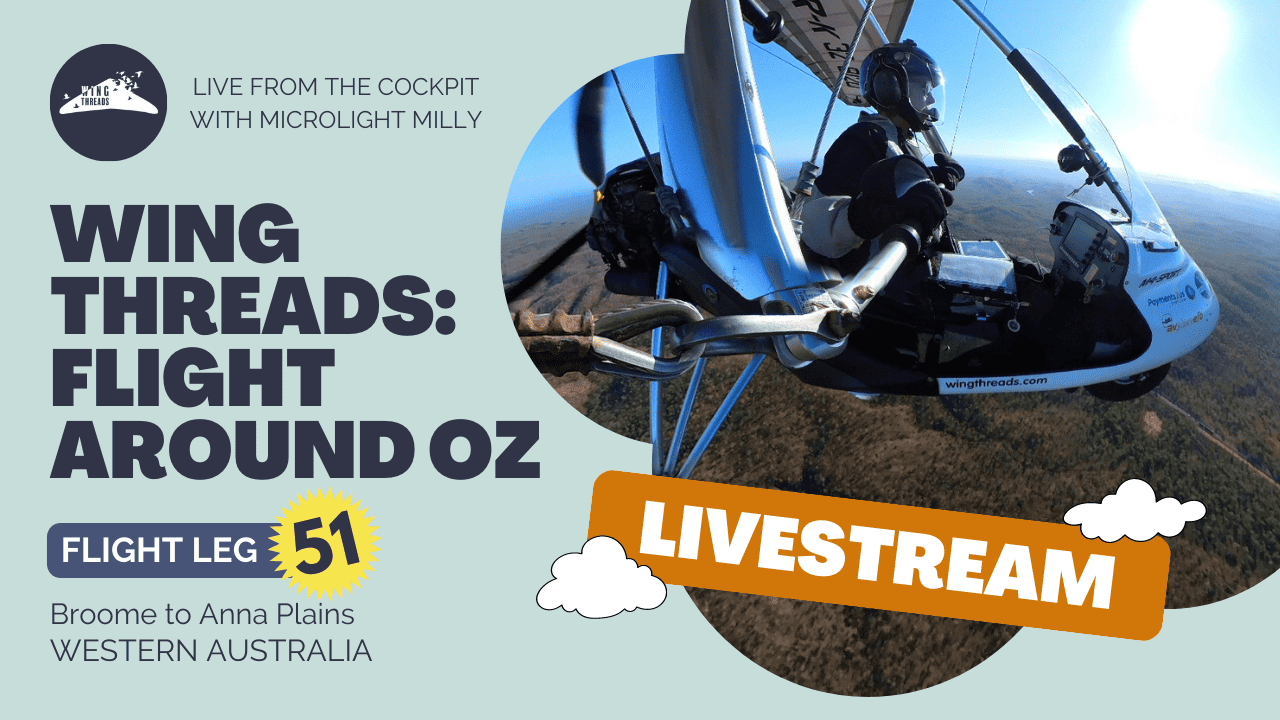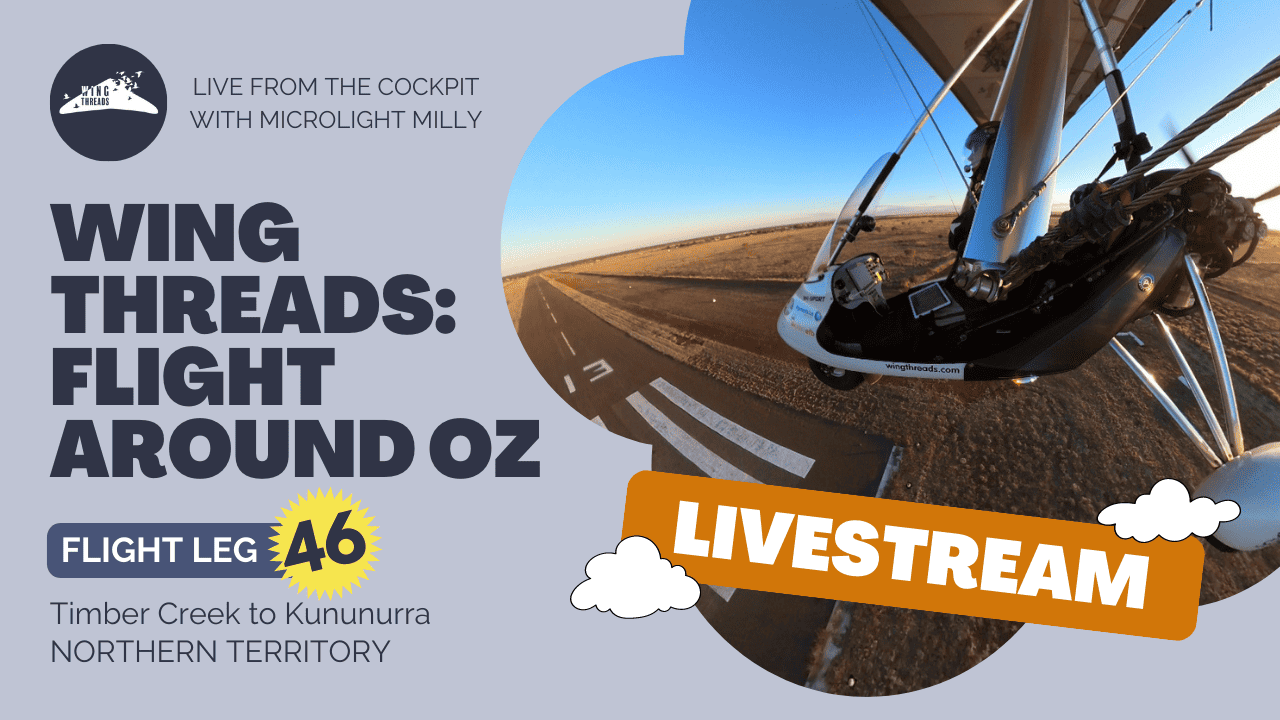“It is absolutely marvellous the way these satellite-tagged Oriental Pratincoles continue to come up with surprises.”
Clive Minton April 2019
This morning after checking the data, I would have called Clive and updated him on the progress of this project. It is likely the response to this latest update would have also contained the words ‘absolutely marvellous’ and then we would have talked about ongoing/future work. How I miss our chats.
So, the great news is SEC is back in Northern Australia around Lake Argyle, 60 km south of Kununurra, Western Australia. SHE has reached the Australian shoreline overnight, on the Legune Coastal Floodplains in the Northern Territory and SEP seems to once again fly ‘under the radar’ and surprises us with another possible location after further low-quality data was received. Interestingly, SEP may well be around Lake Argyle too. It is due to SEP’s intermittent signals that we are still not quite giving up on SUN in Taiwan and a possible return to Australia.
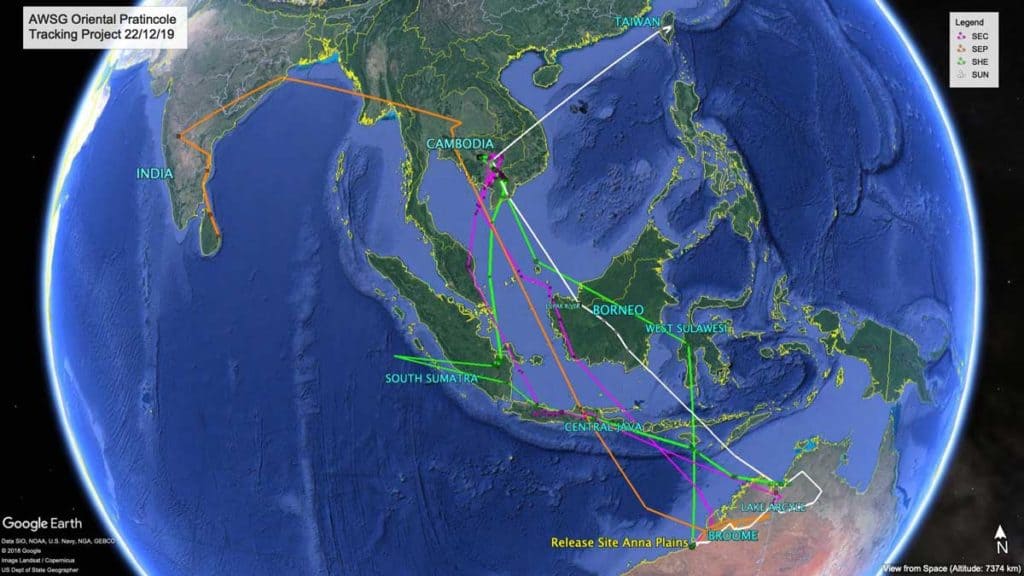
Oriental Pratincoles on the move
First back to Australia
SEC (PTT 83596)
SEC reached the shores of Northern Australia on December 9th, moving to a location 70 km east of Lake Argyle the next day. Two days later it moved to the banks of Lake Argyle remaining in this area at the time of this report.
Departing Anna Plains on February 26th, 2019 and with its breeding site in Cambodia, this makes a total return trip of over 8000 kms.
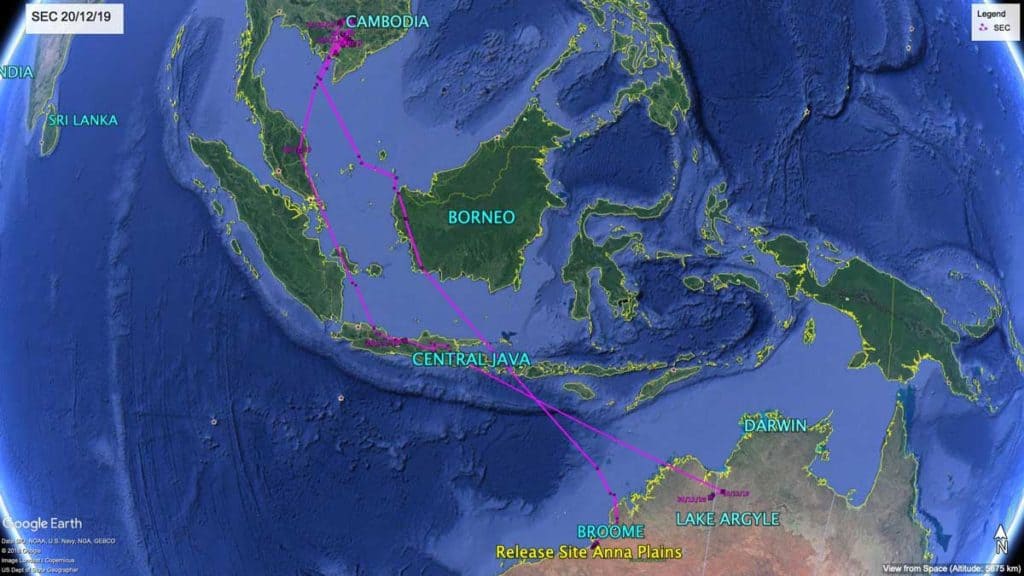
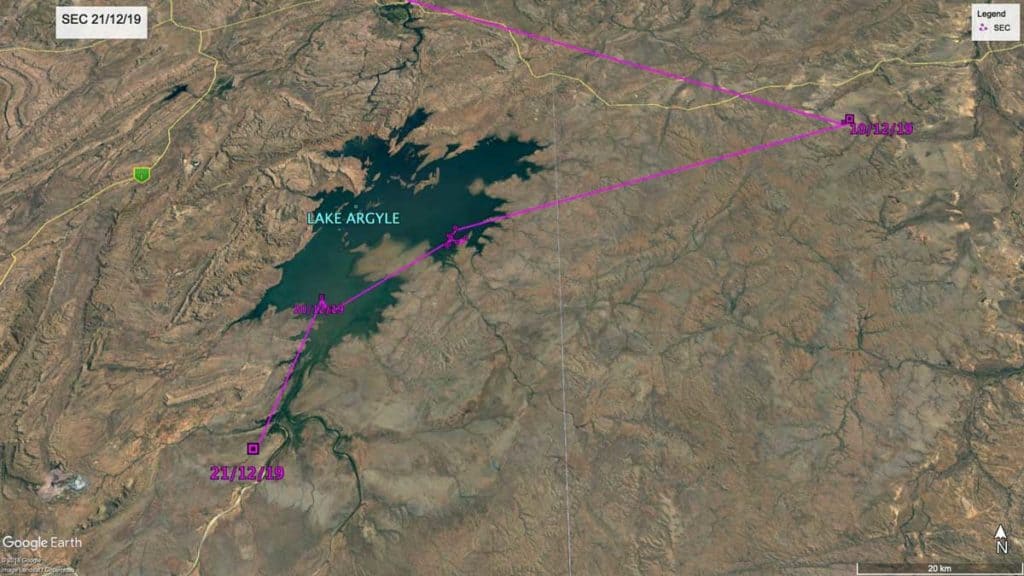
2000km in less than 48 hours
Leg Flag SHE (PTT 83595)
SHE left Central Java in the early hours of December 20th arriving on the shores of the Legune Coastal Floodplain, Northern Territory in the last hour of December 21st, covering a distance of approximately 2000 km. It is interesting that both SEC and SHE have taken a circular route around Southeast Asia, both making short stops in Central Java on southward migration before making landfall in Australia.
The Legune Coastal floodplain was also the final Australian site for SUN before heading north towards Taiwan.
SHE is currently 980 km north east of the Eighty Mile Beach release site and has completed an 8700 km round trip.
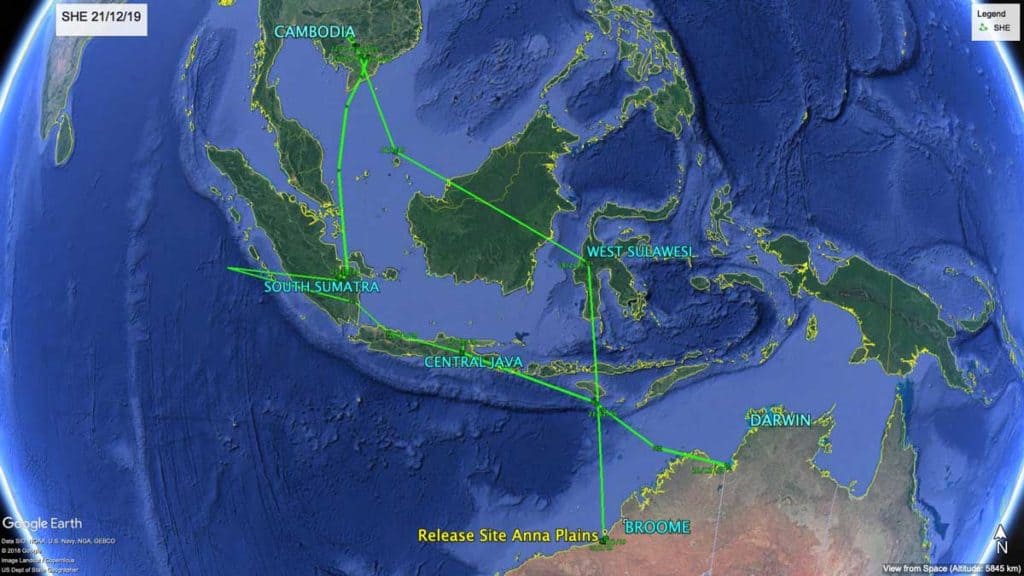
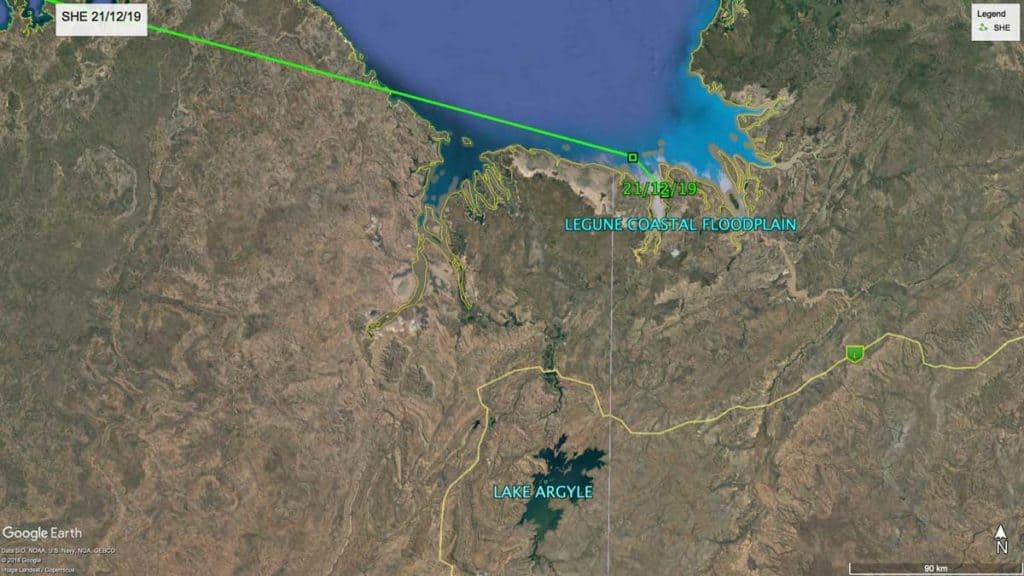
Flying under the radar
WITH INPUT FROM SUBBU SABRAMANYA
Leg Flag SEP (PTT 83593)
After very limited, inaccurate data in mid-November showing that SEP may have travelled to South Sumatra, we once again received more poor-quality data on the December 20th suggesting SEP is now north of Lake Argyle, Western Australia. It is unfortunate that the PTT is not providing the same quality data as SEC and SHE, missing the opportunity of discovering SEP’s route and timing of its flight south. Regardless, after a breeding attempt in India, SEP has completed an extraordinary return trip of over 13,000 km – 5000 km more than its Cambodian breeding counterparts.


Just for the record
With input from Chung-Yu Chiang
Leg Flag SUN (PTT 83591)
Still no signals at all from SUN since the 1st September.
In the very slim hope that we may receive some data, this map will remain on this final page for a little longer.
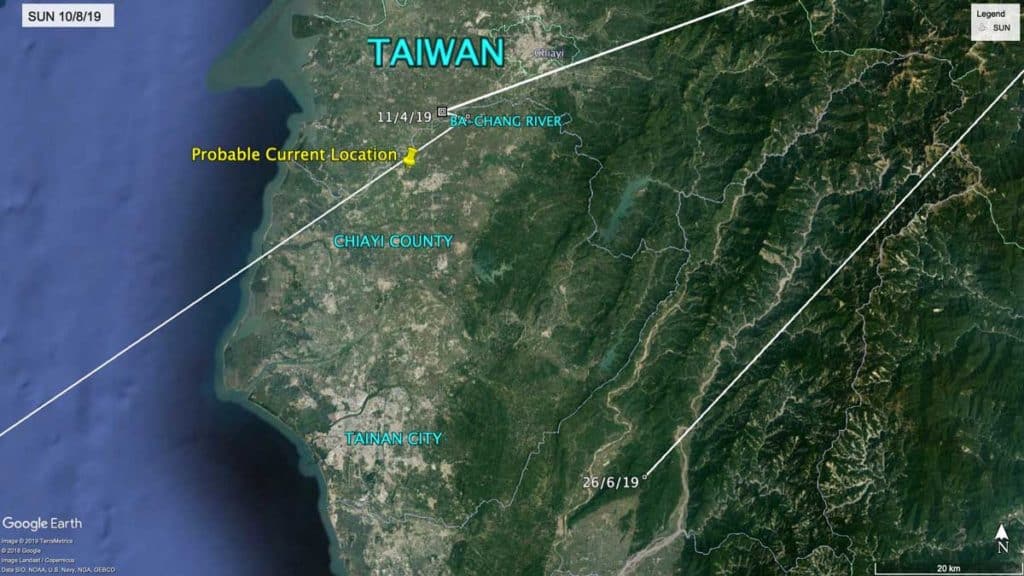
What next?
The story so far
With northward migration occurring around late February, there is little time for recovery before migration commences once again as the birds fuel up for their next northward flights.
At the time of this report, SEC, SHE and (probably) SEP are all in the Lake Argyle region within 200 km of each other. In the late November early December period I was alerted by colleague, Amanda Lilleyman of some reports of flocks of Oriental Pratincole flying south-west over Humpty Doo in Darwin, Northern Territory.
Past observations at Anna Plains Station saw very large numbers of Oriental Pratincole coinciding with huge numbers of locusts. These insect blooms typically occur soon after rain and as yet insect numbers on the station are still low due to the lack of sufficient rain (D. Stoate pers. comm).
Unlike the more predictable behaviour of the coastal dependent waders that more or less utilise the same roosts and foraging areas, it will be interesting to see what movements the Oriental Pratincole make between now and February as the wet season rains bring about the right conditions for insect breeding.

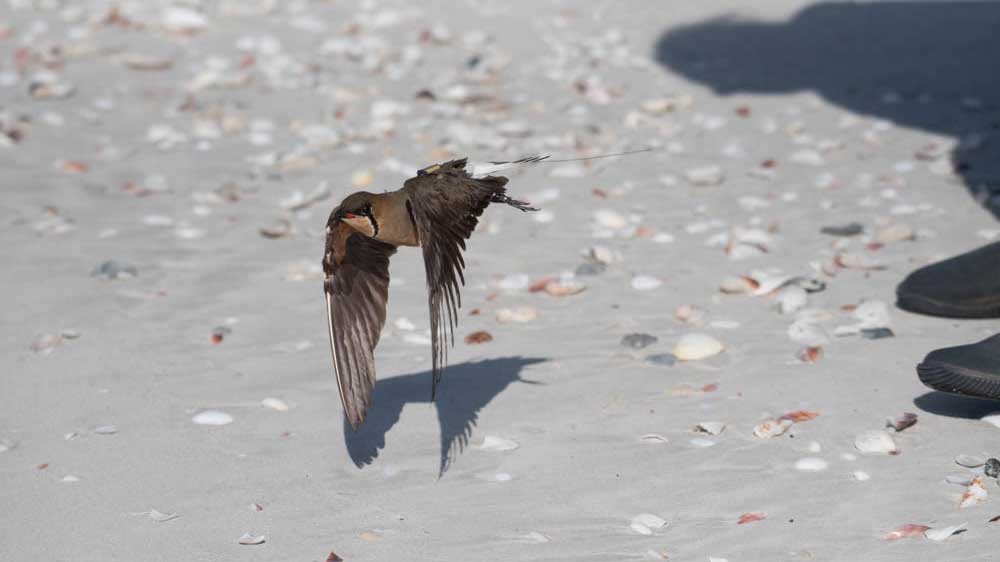
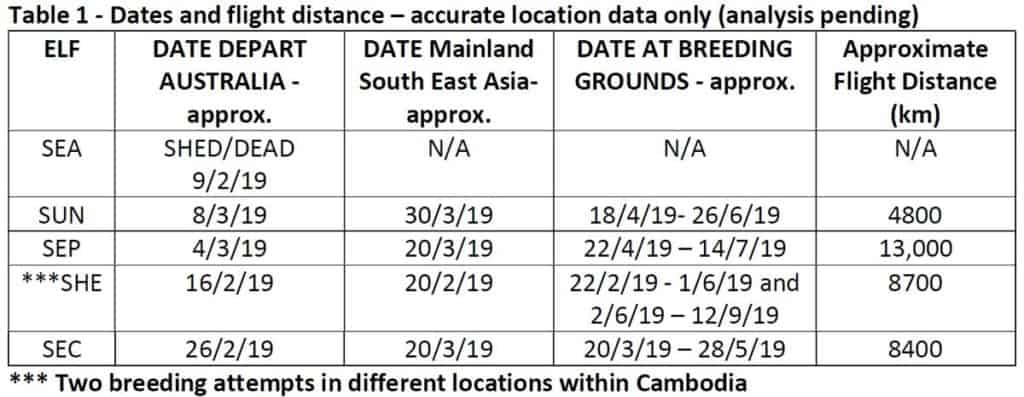
Download a PDF copy of this report – Oriental Pratincole Satellite Tracking Report 21
Acknowledgements
Clive Minton
The extensive and expensive satellite tracking program we have set up in NWA has only been possible through the efforts and generosity of a large number of people and organizations. It is difficult to know where to start with the formal acknowledgements so I will list them – but not in any particular order of priority.
- The members of the AWSG NWA 2019 Wader and Tern Expedition and similar NWA expeditions in previous years, are particularly thanked for their efforts in the field in catching, banding and deploying transmitters on a range of species.
- Landowners are especially thanked for permission to go onto their property to enable us to catch various species in order to deploy the satellite transmitters. In particular we thank Anna Plains Station for giving us the freedom to roam over large areas of grazed grassland when counting and catching target species.
- AWSG acknowledges the Yawuru People via the offices of Nyamba Buru Yawuru Limited for permission to catch birds on the shores of Roebuck Bay, traditional lands of the Yawuru people.
- AWSG acknowledges the Karajarri and Nyangumarta people for permission to catch birds to be marked for this project on the shores of 80 Mile Beach, traditional lands of the Karajarri and Nyangumarta.
- The cost of the satellite transmitters, which cost around $5000 each, and the satellite downloading costs (around $1000-1500 per month) have been met by a variety of sources. Private individuals (Charles Allen and Doris Graham) have made most generous individual contributions. Kate Gorringe-Smith and her team of artists involved in The Overwintering Project made a large, generous donation from funds raised during their various public exhibitions. The annual NWA Expedition members, collectively, also provided significant funds each year.

